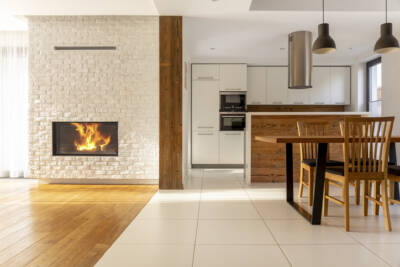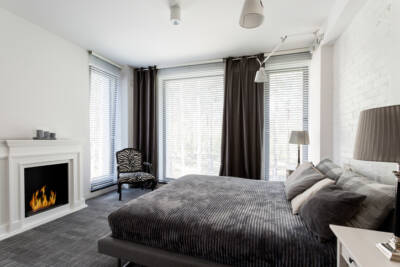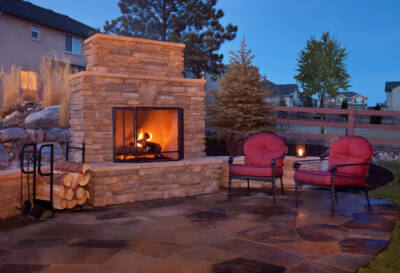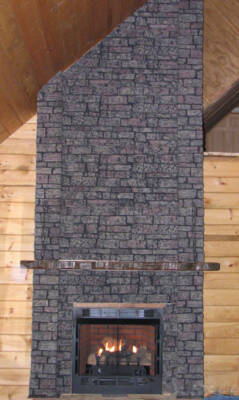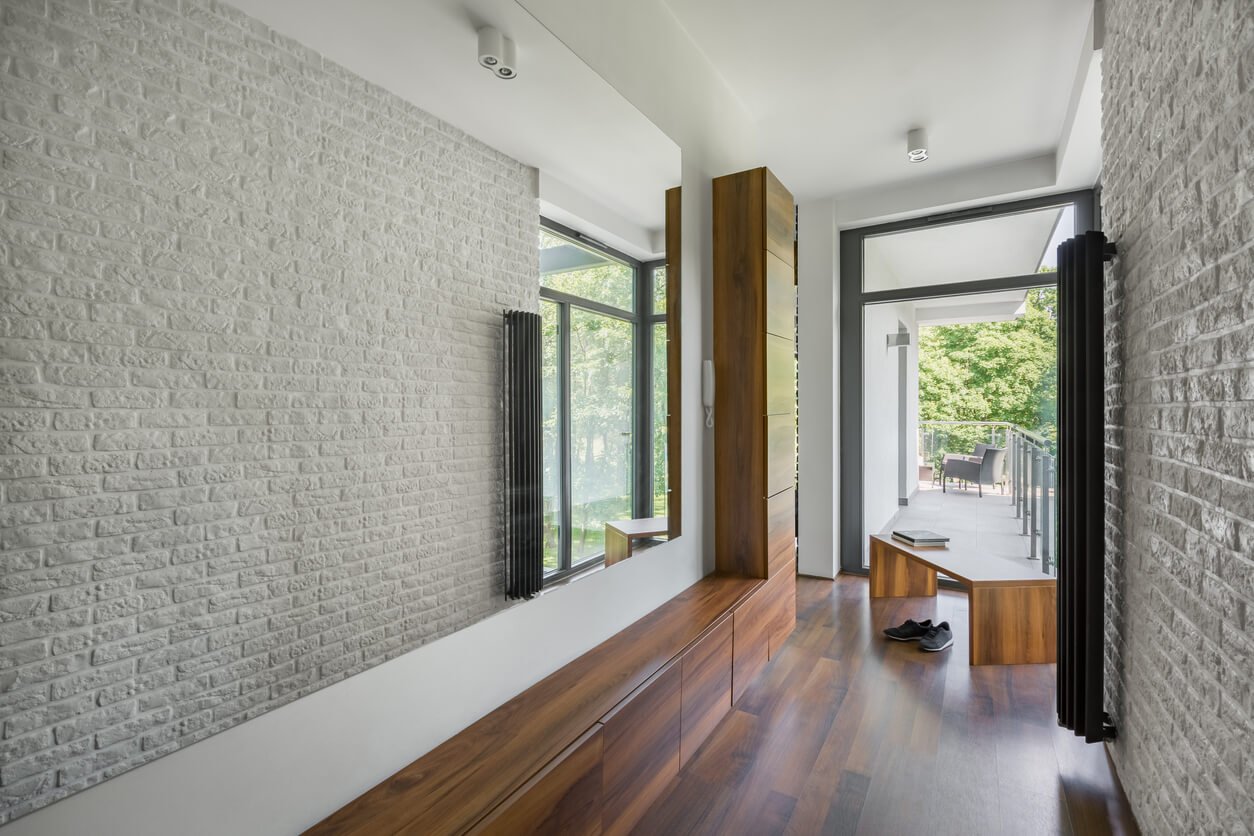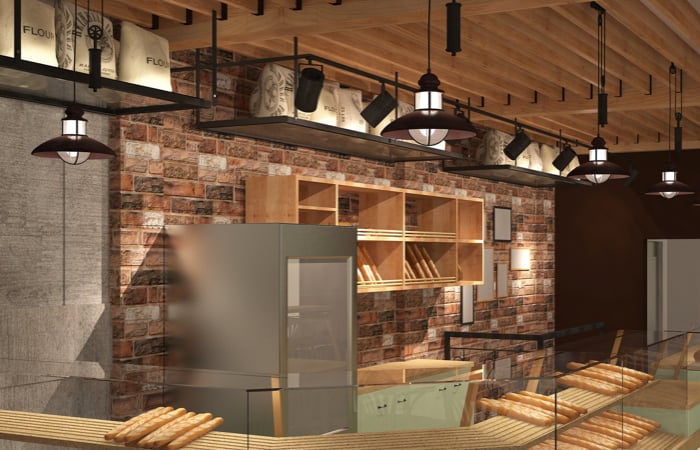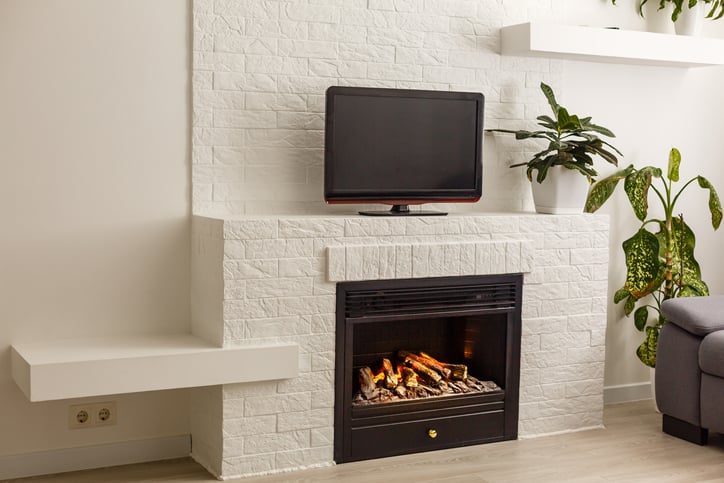
When it comes to features within a room, nothing really compares to a fireplace. The association of a fireplace and a home goes back centuries, to the point that a fireplace’s hearth was synonymous with the house itself, giving us the phrase “hearth and home.”
Though no longer used as a main source of heating or for cooking, today’s fireplaces serve as amazing focal points of interest, bringing a unique character that evokes feelings of warmth and comfort.
Faux Stone Fireplaces - Why They’re Great
Our association with fireplaces is prehistoric, dating back to when the earliest peoples used fire pits to stay warm and cook their food. By the Middle Ages, brick and stone fireplaces had replaced the crude pits and were increasingly decorated to reflect wealth, stature or nobility.
Fast forward to today, where fireplaces in the modern home are often centered as the focal point of a room. And if you want to bring a natural touch to your spaces, a faux stone fireplace is the perfect choice. They are most often used to bring a warmth and coziness to living rooms or family rooms, but they can be placed anywhere around the house to create:
A rustic and natural feel in the kitchen
A romantic flair in the master bedroom
A welcoming atmosphere on the patio
Another perk of choosing faux stone for your fireplace? Versatility. Faux stone panels, like the ones from Texture Plus, come in a wide variety of colors and styles, which enables you to truly get creative with how you’d like to design a room. In fact, being able to style and color your faux stone fireplace can change the entire vibe of a room.
How Much Does a Faux Stone Fireplace Cost?
When compared to natural stone, which ranges from $35–$50 per square foot (plus an additional $20–$30 per square foot for installation), faux stone is extremely affordable. The costs for both materials and installation for faux stone wall panels can be broken down into the following categories:
Materials Cost
The price of faux stone wall panels ranges from $8 to $12.50 per square foot. In addition to being less expensive than real stone or stone veneer, faux stone wall panels require no masonry to install — just drills, screws and adhesive.
Labor Costs
Since working with faux stone walls doesn’t require any specialized skills, you can bring your labor costs down to $0 by installing them yourself. Or, if you’re a contractor, choosing faux wall panels means you can save your clients some money by eliminating masonry expenses. However, homeowners who aren’t particularly handy and don’t feel comfortable taking on a DIY project can always seek professional design help.
Keeping these expenses in mind, the total you’ll pay for your faux stone fireplace will depend on how many square feet of paneling you need to complete the project and whether you plan on doing the installation yourself.
Should You Hire a Contractor for Your Project?
To determine whether or not you’ll need a contractor’s help with your faux stone fireplace build, ask yourself the following questions:
- Am I comfortable taking on a project like this? If you’re unsure or answered “no,” then it’s best to work with a contractor. However, if you’re confident in your abilities or have previous experience working with the materials you plan on using, then you can move forward with completing the work yourself.
- How much is my budget for this project? Contractor rates can tack on hundreds of extra dollars to your project. If you have enough room in the budget, then hiring a contractor may be an option for you. If not, you’ll need to either wait or explore options that don’t require a contractor.
- What type of materials am I planning on using? If you’re committed to having a real stone fireplace, then it’s always best to call a professional. Working with natural stone is a complex process that requires specialized knowledge, so unless you have masonry experience, it’s inadvisable to pursue this option as a DIY project.
5 Great Examples of Faux Stone Fireplaces
If you’re looking for inspiration in how to design your own faux stone fireplace, consider the following collection of looks as a starting point.
1. A simple design placed within the confines of the fireplace mantle can be cute and cozy or formal and elegant.
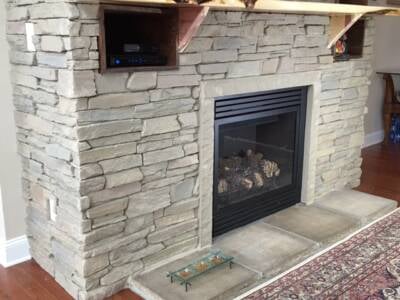
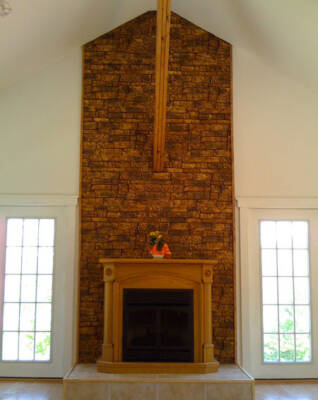
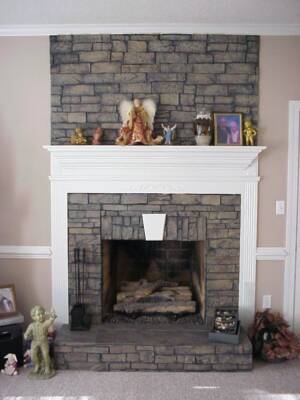

Faux Stone Fireplace DIY — How to Make it Happen
Installing faux stone wall panels to create a stacked stone fireplace is a simple process that you can finish within hours. With Texture Plus faux wall panels you’ll just need:
- Drill
- Screws
- Adhesive glue
- Safety glasses
- Caulk and caulking gun
- Sandpaper (optional)
- Saw (if you need to cut the panels)
1. Prepare the panels – Make sure your panels will be placed on solid backing. If you’re placing the panels over a hard surface, like brick, it may be easier to pre-drill the holes. Lay out the panels on the floor in a loose fit to get an idea of how they will look together. Sand the edges or cut the panels if necessary.
2. Attach the panels – Cover the perimeter of the back of each panel with adhesive. Be sure to use enough so that the full surface of the cut edge at each end is covered. After the panel is secured then you’re ready to fully attach the panels to your wall using drywall screws or finish nails.
3. Finish with caulk – Use caulk (we recommend our Texture Plus color-match caulk) to fill in any screw holes or gaps to complete the look. Be sure to wipe away any excess.
For more detailed instructions for our faux wall panels, see our full guide.
Precautions when installing faux wall panels around a fireplace:
- Faux wall panels from Texture Plus are available with a fire-rated coating to prevent the panels from catching fire. When placed appropriately, it’s very rare for open flames or hot temperatures to cause any issues.
- Always put safety first whenever you’re decorating your fireplace. Don’t place Texture Plus faux wall panels inside the fireplace and be sure that any trim you add to the fireplace is also fire-rated.
- Texture Plus faux stone panels are made using water-based chemistry. There’s no off-gassing of any formaldehyde and no volatile organic compounds (VOCs).
Design Your Dream Stone Fireplace with Texture Plus
If you want to change up the style of your fireplace, but don’t want the hassle and expense of masonry, then save your time and money with a design from our selection of faux stone wall panels. Contact one of our design specialists for help with your project, or order free samples of our Texture Plus faux wall panels.

